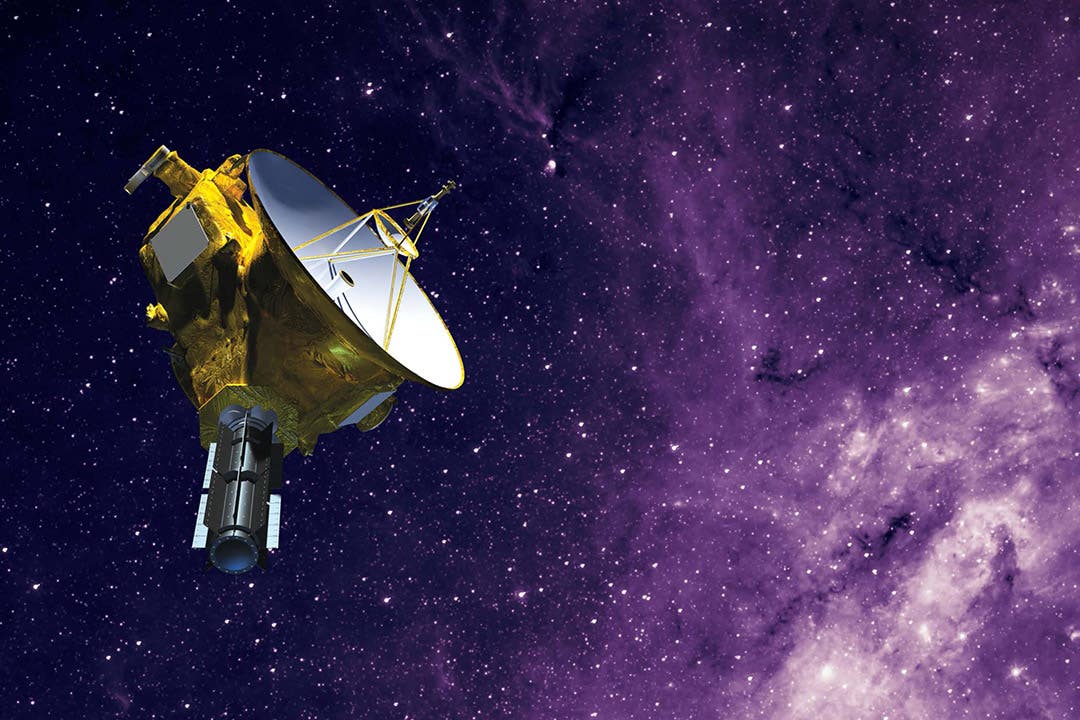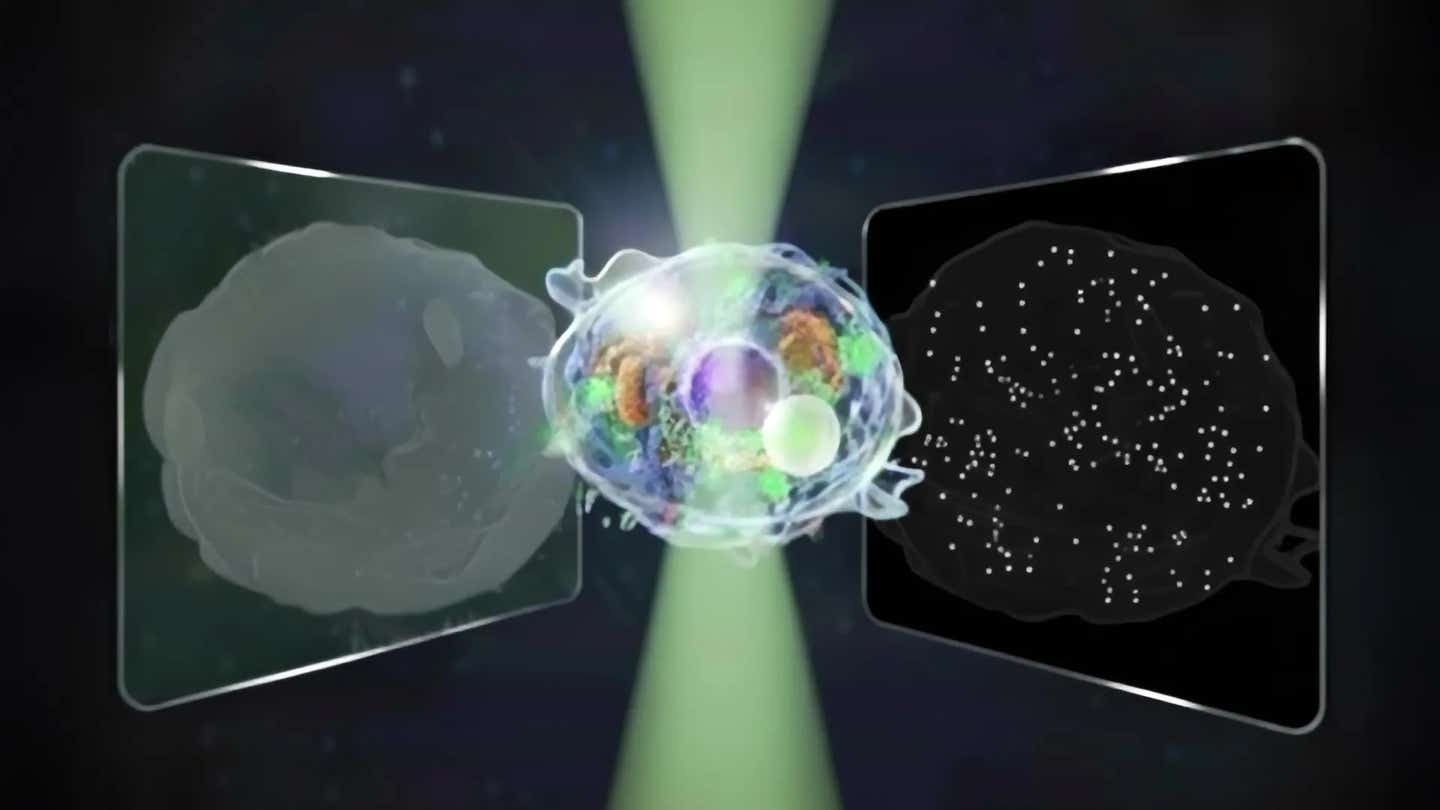New Horizons spacecraft discovers the universe’s faintest light
NASA’s New Horizons mission reveals the faint cosmic optical background, shedding light on the Universe’s history and its most elusive glow.

NASA’s New Horizons mission reveals the faint cosmic optical background, shedding light on the Universe’s history and its most elusive glow. (CREDIT: CC BY-SA 4.0)
The Universe began in a burst of light nearly 14 billion years ago, but as it expanded and cooled, darkness set in. Today, while almost a trillion galaxies exist within our cosmic horizon, their light is faint and elusive.
The cosmos is cloaked in a mysterious background glow, known as the cosmic optical background (COB), representing the total light emitted throughout the Universe's history. However, pinpointing its intensity has posed a significant challenge.
In a groundbreaking study, researchers used NASA’s New Horizons spacecraft to measure this faint glow. Led by Marc Postman from the Space Telescope Science Institute, the team sought to answer a deceptively simple question: Is the sky truly dark?
The Cosmic Night Light
Though space appears pitch-black to the naked eye, it harbors a faint glow—a cosmic night light. This light is the cumulative radiance of countless stars and galaxies formed since the dawn of time.
Michael Shull, an astrophysicist at the University of Colorado Boulder and a co-author of the study, explained, “We’re like cosmic accountants, adding up every source of light in the Universe.” Their findings suggest that this faint glow is roughly 100 billion times dimmer than sunlight on Earth.
Accurately measuring this background could illuminate the history of the cosmos and reveal whether any unknown sources of light lurk beyond our understanding.
Related Stories
Venturing Into Darkness
Detecting the COB from Earth is challenging. Interplanetary dust scatters sunlight, creating zodiacal light that washes out the faint cosmic signals.
To overcome this, scientists turned to the New Horizons spacecraft, currently over 5.5 billion miles from Earth. Its Long-Range Reconnaissance Imager (LORRI) provided a unique vantage point, far beyond the interference of Earth's dusty neighborhood.
The team focused on eliminating foreground light sources like diffuse Galactic light (DGL) and scattered starlight (SSL). These arise from Milky Way starlight and bright stars, respectively, scattering off interstellar dust. By targeting specific sky patches, researchers minimized these interferences.
A Window Into the Universe
Over several weeks in 2023, New Horizons’ LORRI camera captured 25 sky patches, free from Earth-bound disturbances. Even in these distant regions, challenges persisted. Dust within the Milky Way’s halo continued to reflect light, requiring careful subtraction to isolate the COB.
Shull likened this effort to escaping city lights to view the stars. “To see the stars, you need to get out of Denver,” he said, emphasizing the need for a clear, dark sky.
After accounting for all interfering light sources, the team measured the COB at about 11 nanowatts per square meter per steradian. This value aligns with existing galaxy formation models, suggesting no significant contributions from exotic or undiscovered objects. However, the possibility of unknown light sources cannot be entirely ruled out.
Cosmic Discoveries with Colorado Roots
The New Horizons mission boasts strong ties to Colorado. Its leader, Alan Stern, was a graduate student at the University of Colorado Boulder, where he studied under Shull. The spacecraft carries the Student Dust Counter, an instrument designed by students at CU Boulder’s Laboratory for Atmospheric and Space Physics.
Despite its successes, New Horizons’ COB measurements may remain the most accurate for decades. The spacecraft, now on the fringes of the Kuiper Belt, is running low on fuel. Unless a future mission ventures into the cold, dark expanses of space, refining these measurements further will remain out of reach.
For now, the team’s work offers a clearer understanding of the Universe's faintest light. Their findings not only confirm the expected intensity of the COB but also provide a benchmark for future research. “If they put a camera on a future mission and we all wait a couple of decades for it to get out there, we could see a more exact measurement,” Shull remarked.
This study underscores the value of pushing the boundaries of exploration. As New Horizons journeys further into the void, it leaves behind a legacy of discovery, helping scientists piece together the intricate puzzle of our cosmic origins.
Note: Materials provided above by The Brighter Side of News. Content may be edited for style and length.
Like these kind of feel good stories? Get The Brighter Side of News' newsletter.



